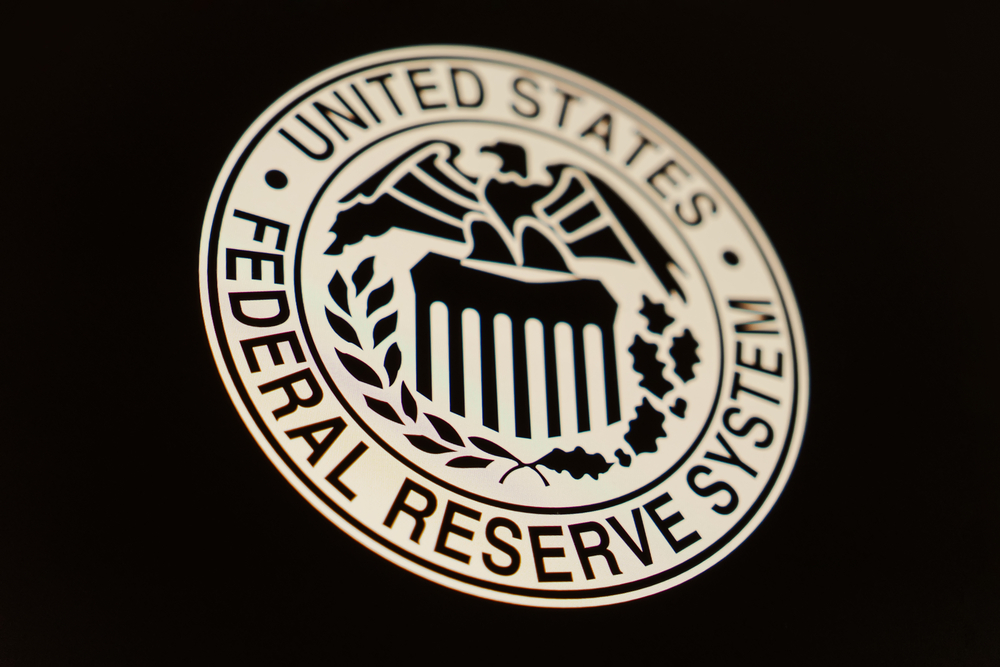
Monetary Policy & Inflation | US

Monetary Policy & Inflation | US
This article is only available to Macro Hive subscribers. Sign-up to receive world-class macro analysis with a daily curated newsletter, podcast, original content from award-winning researchers, cross market strategy, equity insights, trade ideas, crypto flow frameworks, academic paper summaries, explanation and analysis of market-moving events, community investor chat room, and more.
San Francisco Federal Reserve (Fed) President Mary Daly said last week we should not make too much of this month’s higher price data as data volatility tends to rise around transition points. I agree. I still expect the next Fed move is much more likely to be a cut than a hike. Here are my reasons.
Bloomberg asks if the next Fed move is higher. As always, a probabilistic answer is more helpful than yes or no. Summers sees a 15% probability. Mine is below 5% for the following reasons:
1. Disinflation is all about expectations.
This is shown by, for example, in 2009 core PCE was 1.5% despite unemployment below 4% and falling.
2. Inflation expectations have been falling due to a combination of:
A. Falling energy prices.
B. Fed tightening.
C. Actual economic slack created by normalization from the pandemic, a stronger supply side caused by labour supply, and a weaker demand side as a private sector excess of savings over investment is offsetting the budget deficit (=public sector savings investment balance).
3. Inflation expectations are likely to fall further despite stabilizing energy prices due to:
A. Fed prudence.
B. Feedback loop between actual inflation and inflation expectations (i.e., disinflation inertia).
C. The pandemic inflation surge came after two decades of low inflation so people and markets were unprepared for higher inflation, which implies less inflation inertia than in the 1970s-80s.
D. Continued private sector excess of savings over investments.
4. The 1990s experience is pushing the Fed towards more dovishness:
Core PCE hit 2% in 1996 yet the Fed hiked in March 1997. In mid-1997 the Asian financial crisis started, followed by core PCE falling to 1% in June 1998. In August 1998 the Fed started cutting, core PCE recovered. In July 1999 the Fed tightened, the dotcom bubble burst and the US entered recession. In 2003, Ben Bernanke gave his speech about the risks of low inflation.
Bottom line:
A. Inflation can undershoot and the Fed thinks it is bad for the economy, not obvious in the 1990s but now a core element of the Fed’s creed.
B. Hiking can have unintended consequences for financial stability, an experience that echoes this spring’s banking crisis.
C. You never know what might hit you and must set policy based on risks.
1. An Inflationary Shock
In the 1990s, the Plaza Accord saw a 40%-dollar depreciation that lifted inflation expectations and actual inflation. This time the more likely shock could be the Middle East conflict escalating, which would take substantial oil supply offline and cause an oil price shock. I give this a less than 1% probability (as it would greatly lower President Joe Biden’s electoral odds). Another inflationary shock could be a former president Donald Trump victory followed by fiscal loosening, higher tariffs, and no immigration: this is a much bigger risk but a 2025 or beyond risk (whether and how fast a Trump victory would lead to those policies depends on the composition of Congress).
2. Smaller Private Sector Savings Investment Balances
This is not likely as household savings rates are well below historical averages and profits (=business savings) are rising faster than corporate investments. I am monitoring the current account balance for signs that the overall savings investment balance is worsening (i.e., economic overheating).
Spring sale - Prime Membership only £3 for 3 months! Get trade ideas and macro insights now
Your subscription has been successfully canceled.
Discount Applied - Your subscription has now updated with Coupon and from next payment Discount will be applied.